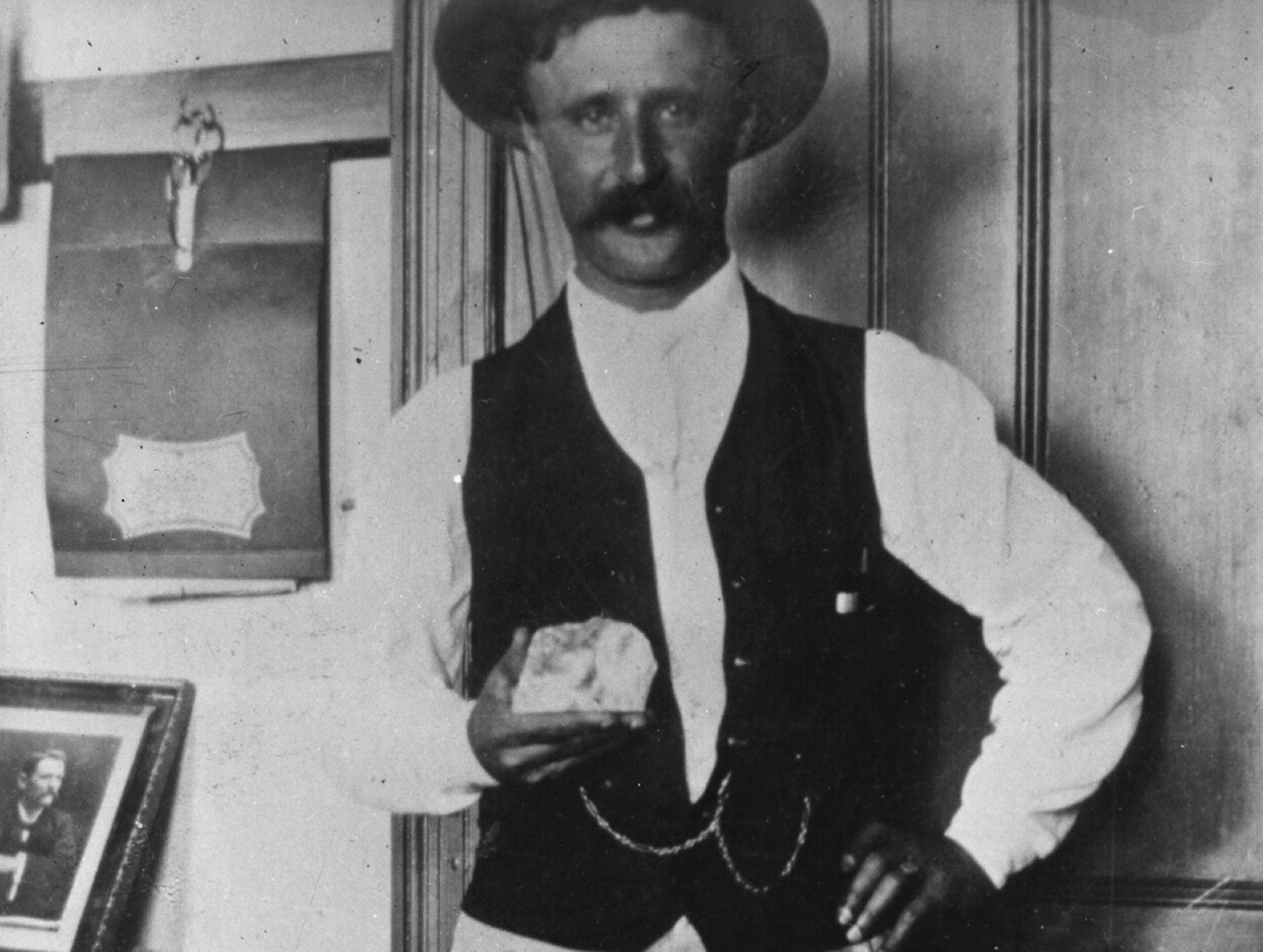The Cullinan Diamond: Rhodri Marsden's Interesting Objects No.97
The Transvaal government bought the diamond for £150,000 and voted to present it to King Edward VII as a gift

This week in 1905, a miner at the Premier 2 mine just outside Pretoria (in what was then Transvaal Colony) discovered a diamond. It was huge. The miner, Thomas Evan Powell, presented it to his manager, Frederick Wells, who in turn informed the mine's owner, Thomas Cullinan. The stone, weighing more than 600g (or, more precisely, 3106.75 carats), was proclaimed as the largest ever discovered. Wells was given a reward (there's no record of whether he shared it with Powell) while the stone itself was named after Cullinan. The Transvaal government then bought it for the sum of £150,000 and voted to present it to King Edward VII as a gift.
This presented the tricky problem of how to get the stone safely to London. As one newspaper noted at the time, "there were men who would go to practically any lengths, and incur almost any risk, in order to possess themselves of it". Two armed detectives were given the task of transporting it by train from Gold Reef City in Johannesburg to Cape Town, with an instruction not to let it out of their sight until it had been locked in a safe on a steam ship bound for London. Guards were also present on the ship.
Only a handful of people knew the truth: the stone on the ship was a fake. In a unparalleled show of faith in the international mail service, the real stone had been sent by registered post in a plain box adorned with a three-shilling stamp. The diamond, described by unimpressed observers as looking like "a big bit of very light barley sugar", then made another secret journey to Amsterdam, where diamond experts the Asscher Brothers would cut it into nine major stones.
As the Royal Navy ferried an empty box across the North Sea, Joseph Asscher travelled to Holland with the real deal secreted in his pocket. Today, the Cullinan I, II, III and IV diamonds form part of the British Crown Jewels.
Subscribe to Independent Premium to bookmark this article
Want to bookmark your favourite articles and stories to read or reference later? Start your Independent Premium subscription today.

Join our commenting forum
Join thought-provoking conversations, follow other Independent readers and see their replies